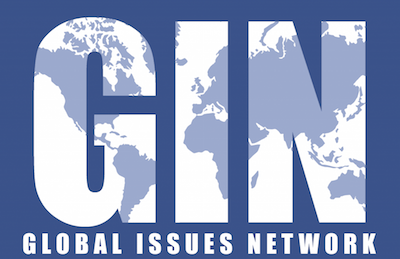https://youtube.com/watch?v=gsXiEy2kbGM
Excerpt From: Rischard, Jean-Francois.
“High Noon: 20 Global Problems, 20 Years To Solve Them.” iBooks.
“The oceans, covering some 70 percent of the planet’s surface, are essential to life on earth. Yet they have been under increasing stress, and the two big forces—the population increase and the new world economy—will push them even closer to the limit in the decades to come.
Besides the impact global warming may have on ocean levels and on major currents, there are several things to worry about:
Serious oil spills and other accidents: despite major efforts at regulating ship construction and operations, serious accidents are still on the rise. Since the Exxon Valdez went down in Alaska’s Prince William Sound in 1989, the world has seen the equivalent of thirty Valdez accidents.
Despite many international rules on sea discharge, ships increasingly release their oil and other ship waste into the sea. The booming sea tourism industry has emerged as a major culprit. Often picking the waters of countries with lax monitoring practices, cruise ships account for 80 percent of waste thrown into the ocean, from human waste and plasticware to oil and chemical releases.
Many seas are threatened by waste and pollutants generated on land by agriculture, industries, and municipalities. An example among many: the Baltic Sea, whose ecosystem was particularly fragile to start with, has a near-lifeless seabed and scores poorly on some of the most dangerous chemicals known to man, such as dioxin.
Hazardous waste—toxic ash, dangerous industrial sludge, contaminated medical or military equipment, old batteries, spent nuclear reactor fuel—is being shipped around in increasing amounts, much of it by sea, much of it illegally and in accident-prone conditions.
Both legal and illegal fishing practices have been damaging the integrity of sea ecosystems in many places. Among the worst culprits are large dragnets that tear up the seabed.
You’d think that maritime safety and pollution would be among the more manageable global issues. The subissues are easily identified, and the solutions should be within reach and affordable: for example, experiments with marine sanctuaries in the Mediterranean brought a surprisingly quick revival of seemingly doomed sections of the sea, with a surge of whale and dolphin populations. And it is a global issue that has been the subject of some forty treaties and conventions. Yet the health of oceans remains an ominous, still open issue for the planet. Some rules are still lacking (there are no uniform definitions of hazardous waste, for example) and where they exist, outright violations are very common and the enforcement system very weak34—as is the case for many of the twenty issues.”
